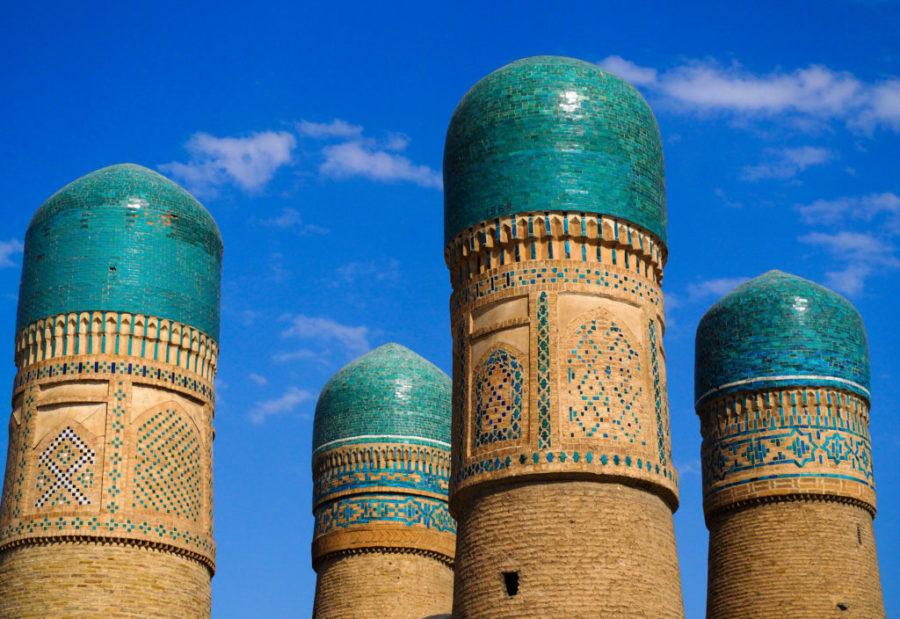
Chor-Minor – Bukhara “Taj Mahal”
Bukhara, which was founded 2500 years ago, was one of the centers of the Silk Road – the most important trade route of antiquity, writes Ismail Chagyldzhi.
Therefore, the city has always retained its importance, remaining the pearl of all peoples and dynasties that ruled this region – Mongols, Turks, Persians. Bukhara experienced the “golden age” during the reign of the Turkic dynasties. After the adoption of Islam by the local peoples, the city became an important scientific and cultural center of the Islamic world, and it was adorned with masterpieces of architecture that still cause delight.
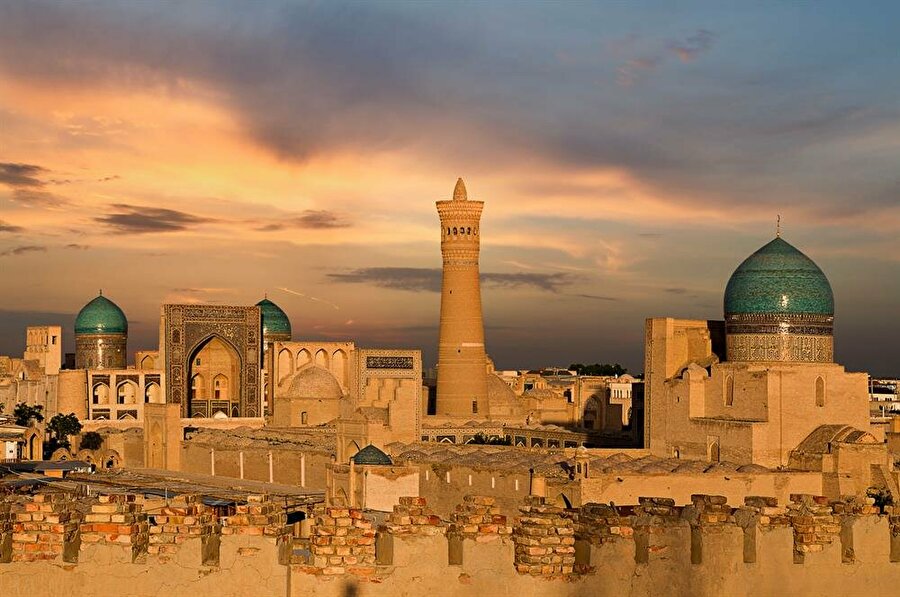
Source: gzt.com
Therefore, perhaps the first thing that almost everyone who talks about Bukhara remembers is the unique architecture of the city. First of all, one can name such masterpieces as the Mir-Arab madrasah, the Kalyan minaret , the khan’s palace, as well as numerous tombs, madrasahs, mosques and fortress walls. Of all the monuments of Bukhara, unfortunately, far from all have survived the historical cataclysms that continually hit the region.
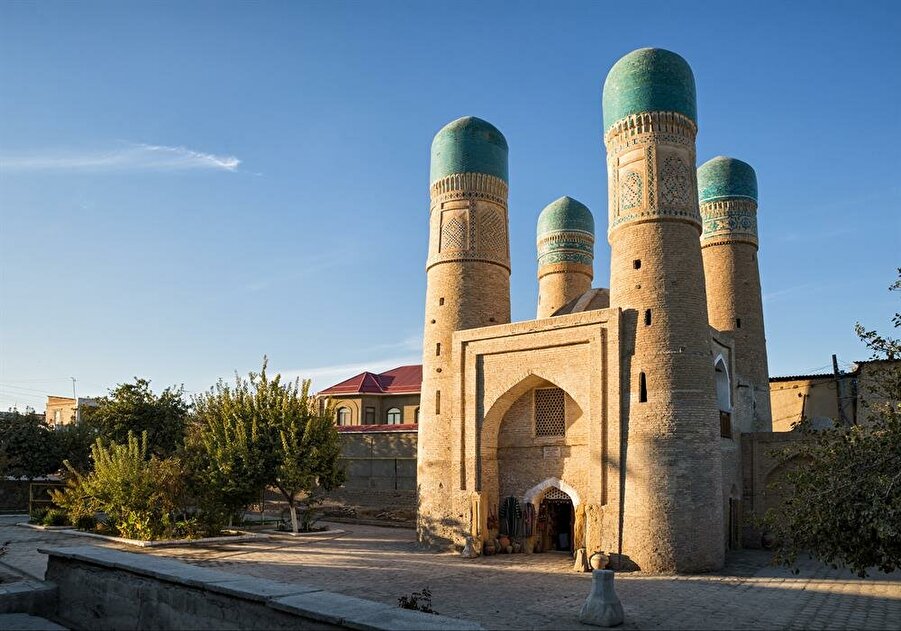
Source: gzt.com
One of these monuments can be called a madrasah in the city center, built in the 19th century. at the expense of a Turkmen merchant named Khalif Niyazkuli. Once it was a large complex that included a madrasah, a mosque, a large library, hujras (rooms for students) and was one of the Sufi centers of Bukhara. It housed a huge garden, the remains of which have survived to this day. The complex functioned until the establishment of Soviet power. In the 1950s, part of the madrasah and its mosque were dismantled into bricks and building materials, but the richly decorated entrance, which is called Chor-Minor – “Four minarets”, has survived. The building received this name in honor of the four massive towers located at its corners. This architecture is very unusual for the region and resembles the monuments of the Great Mughals. Therefore, Chor-Minor is sometimes called the Taj Mahal of Bukhara.
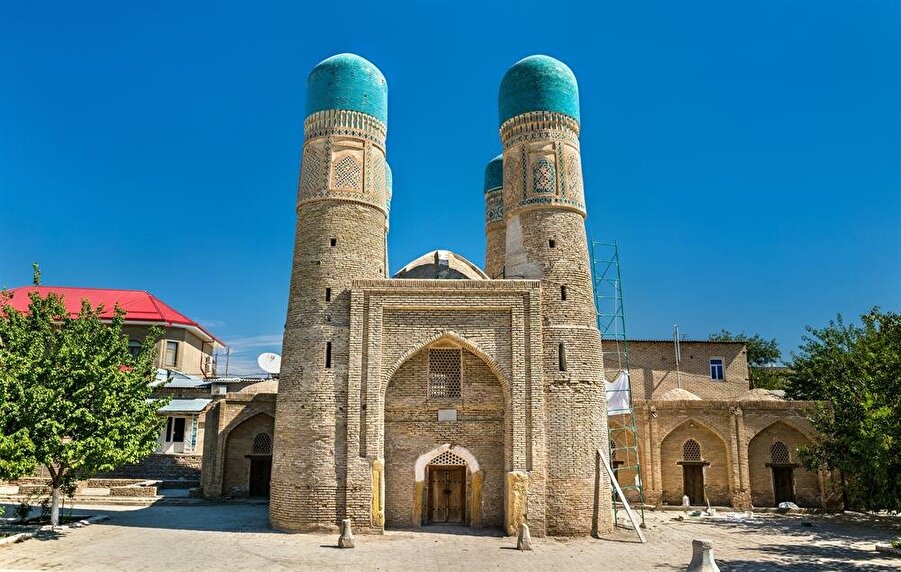
Source: gzt.com
Although in appearance the towers really resemble minarets, they were never used in this capacity: one of them houses a staircase to the second floor, and the other three were used as storage facilities. The domes of the towers are faced with blue tiles, which also form a pattern on their walls. Inside the domed building, the date of construction of Chor-Minor is indicated – 1807.

Source: gzt.com
Chor-Minor, which has survived several restorations, remains one of the most interesting architectural monuments in Bukhara . In 1995, due to the rise of groundwater, one of the towers collapsed. It was restored thanks to the assistance of the UNESCO World Heritage Fund. But from the madrasah, built by Khalif Niyazkuli, nothing has remained to this day. Only fragments of the structure located to the right and left of Chor-Minor and the remains of the foundations have survived.
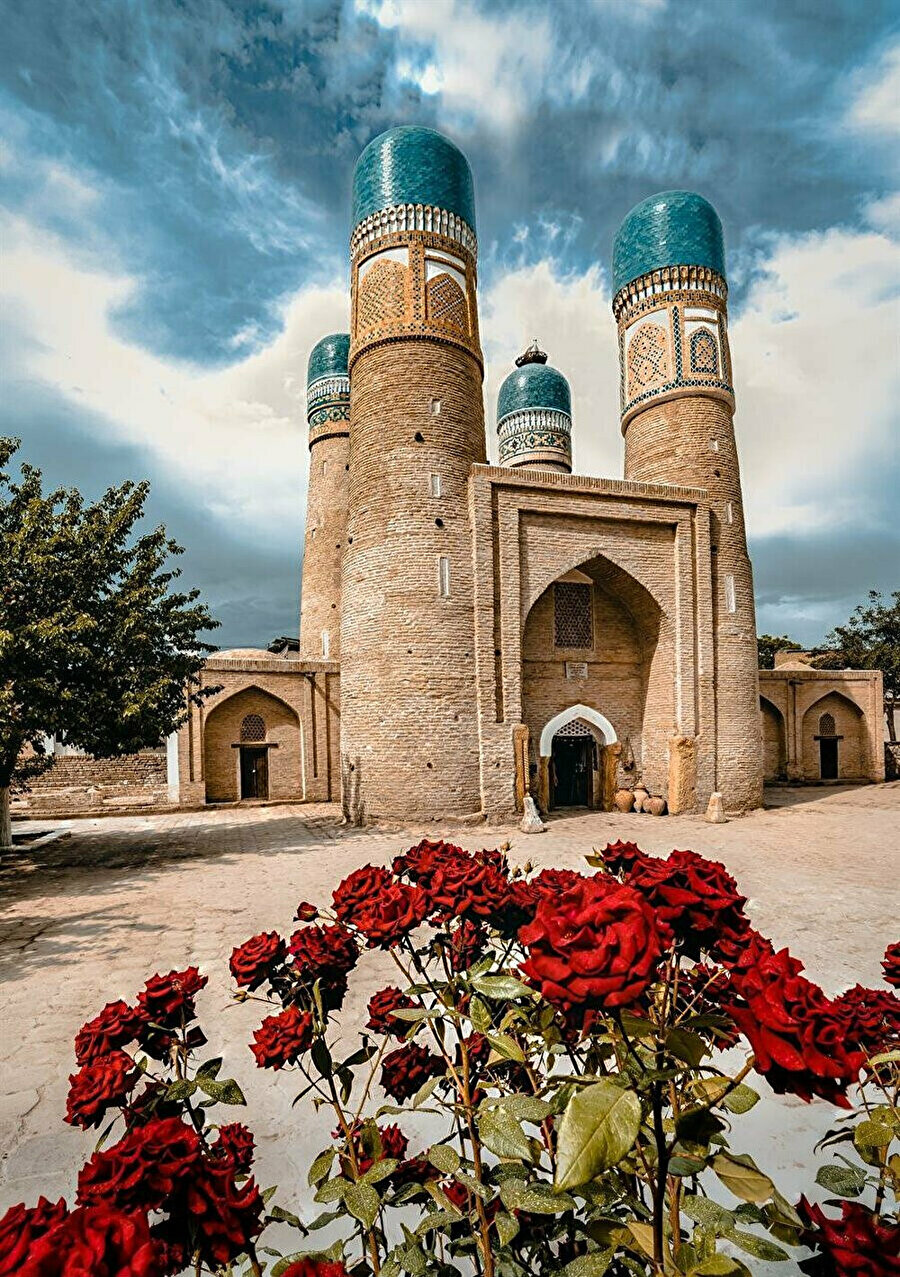
Source: gzt.com
Chor-Minor is located within the boundaries of the Old City of Bukhara, included in the UNESCO World Cultural Heritage List and under protection. It is open to the public. Therefore, if you are lucky enough to get to this city, be sure to visit this unique monument.
Islamosphere

